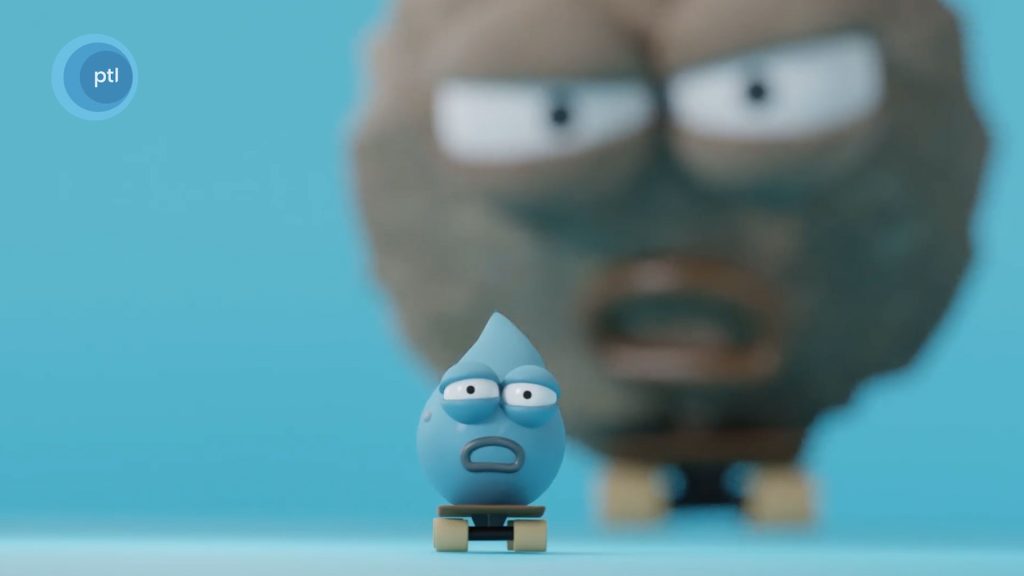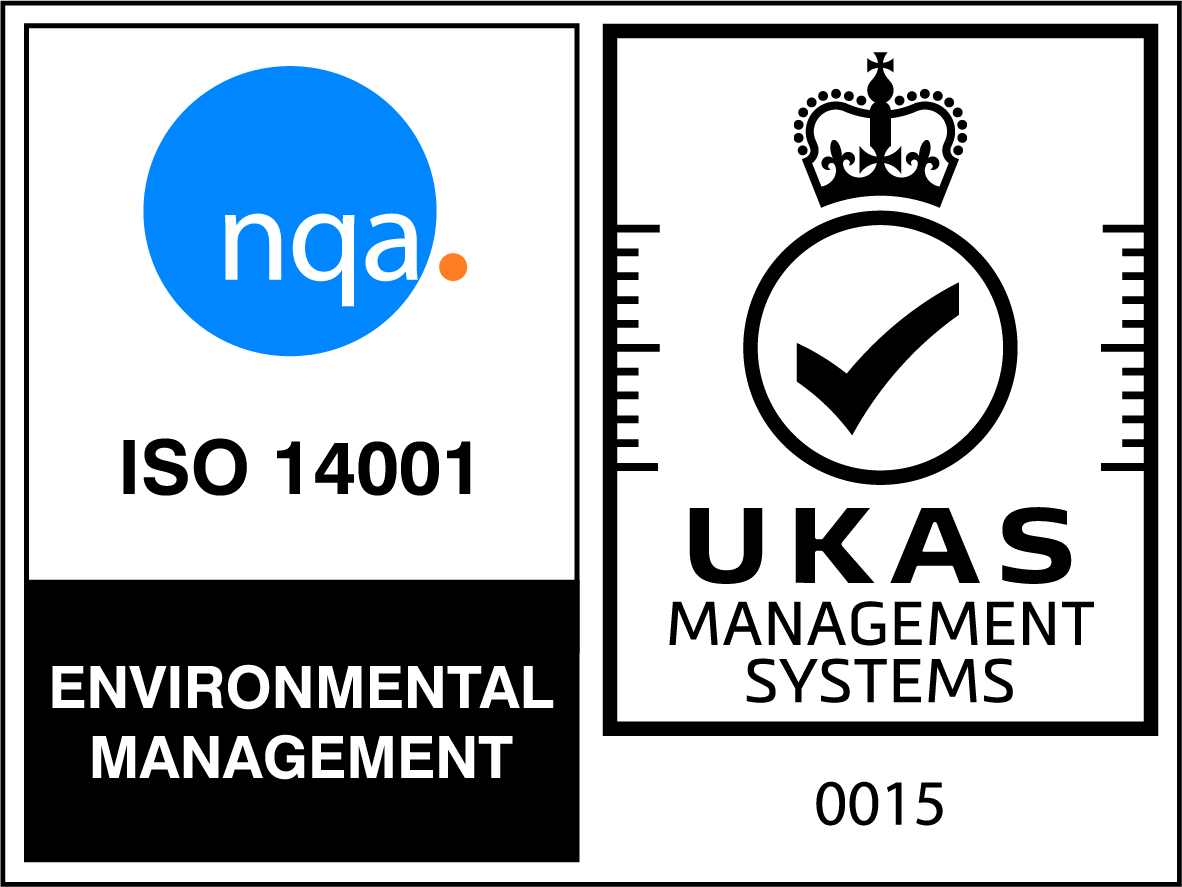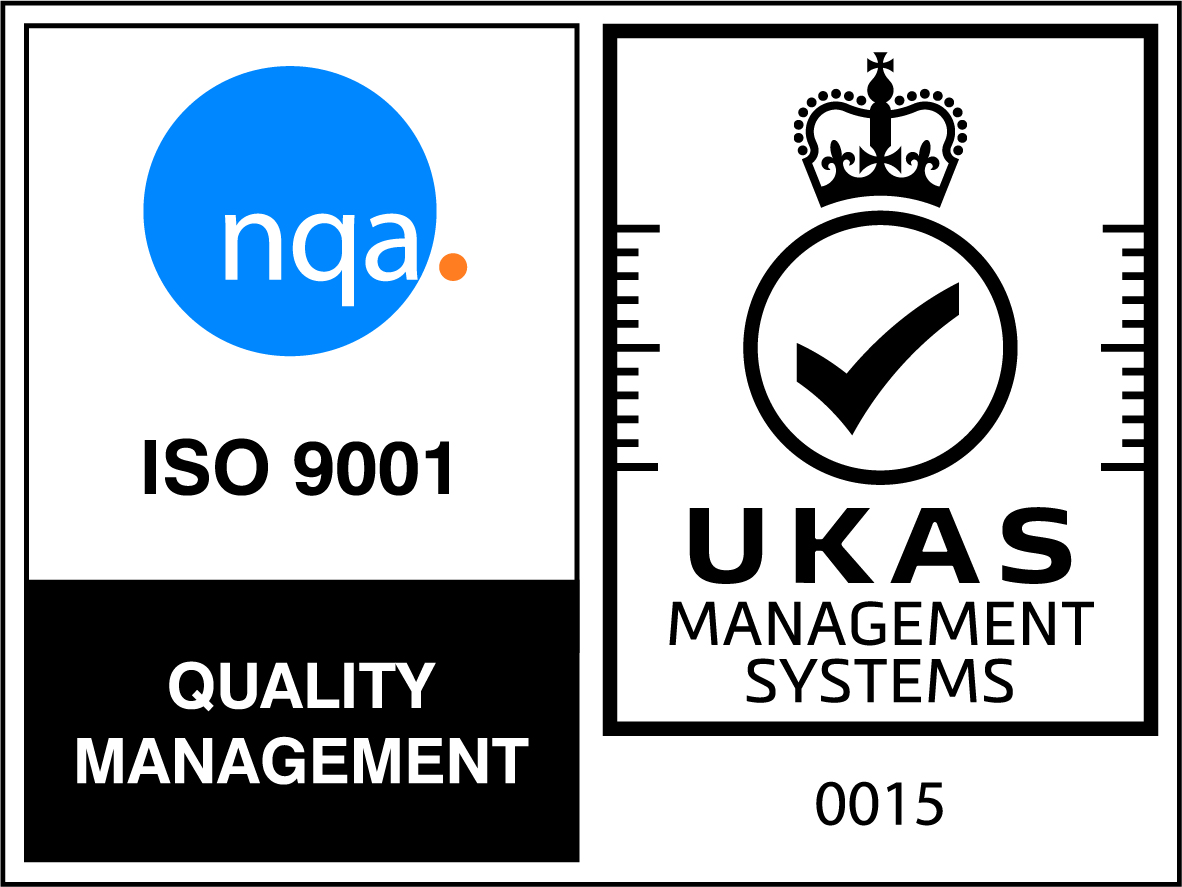
Computers and the ever-advancing technology have allowed 3D animation to develop as the pinnacle of highly detailed, extremely realistic animation. This form of animation, which relies on specialised 3D animation software run by experienced, detail-oriented artists, can take the form of hyper-realistic animations that mimic real life, or creative, colorful characters that grab viewers’ attention right from the get-go.
The 3D animation process
The 3D animation process is highly technical and requires an in-depth knowledge of computer programs and modeling software. To produce a 3D video, the animation team must pay careful attention not only to the physics behind the movement—improper movements will make the characters look jerky and unrealistic—but also the textures, shadows, and geometric surfaces. Most three-dimensional characters are generated by starting with a two-dimensional drawing and giving it bone structure through a process called rigging that allows the artist to create the illusion of movement by the character in much the same way that a puppeteer pulls strings to move his puppet. Visual effects and lighting must also be considered, as any discrepancies will impact the way that the overall movement is received. Although the computer programs used for this process are what make 3D animation possible, it is the creative eye of the artists that allow the graphics to truly come to life.
What can this be used for?
Because this style of animation adheres to the physics-based rules that govern real-life movement, it is ideal for a wide variety of applications that require realistic and life-like details. However, the breathtaking visuals utilised by three-dimensional animation can be useful for a number of different projects—from entertainment to educational to commercial. Some of the common uses of 3D animation are:
- Education: Educational videos that require accurate pictures of the subject—especially if the subject is not able to be captured through live footage—are a great application for 3D animation. Complicated processes or systems are also effectively communicated through this realistic medium, where details can be carefully manipulated to emphasise what is necessary.
- Entertainment: Video games, television programmes or titles and shorts can all benefit from the extra level of detail and production value that 3D animation offers. Hilarious or lovable characters can interact with a colorful environment, all while appearing to pop out of the screen.
- Business: 3D content makes for engaging and eye-catching commercials or promotional videos that capture your audience’s attention right from the get-go, drawing them in with an interesting storyline and encouraging conversions from viewer to customer.
How does Pushed make 3D animation come to life?
The process of making the magic of three-dimensional animations is relatively consistent no matter what use the finished product will be put towards. As a first step our team will meet with the customer to find out exactly what they are looking for and what creative vision they have in mind. Then our team will get to work modelling the 3D images and putting them to work within the context of the video. This step requires incredible skill and attention to detail, but once all is finished, the video is ready to be rendered into its finished product and distributed to the client.
3D animation is incredibly versatile as a digital medium and is able to be applied almost universally across the digital world. Telling your story through characters, stories, and visual demonstrations is a much more effective way to advertise your product or present your concept to an audience—and 3D animation allows you a creative way to accomplish this. If you think that 3D animation might be right for you or your business, reach out to Pushed today to discuss your goals and start letting your imagination come to life!



